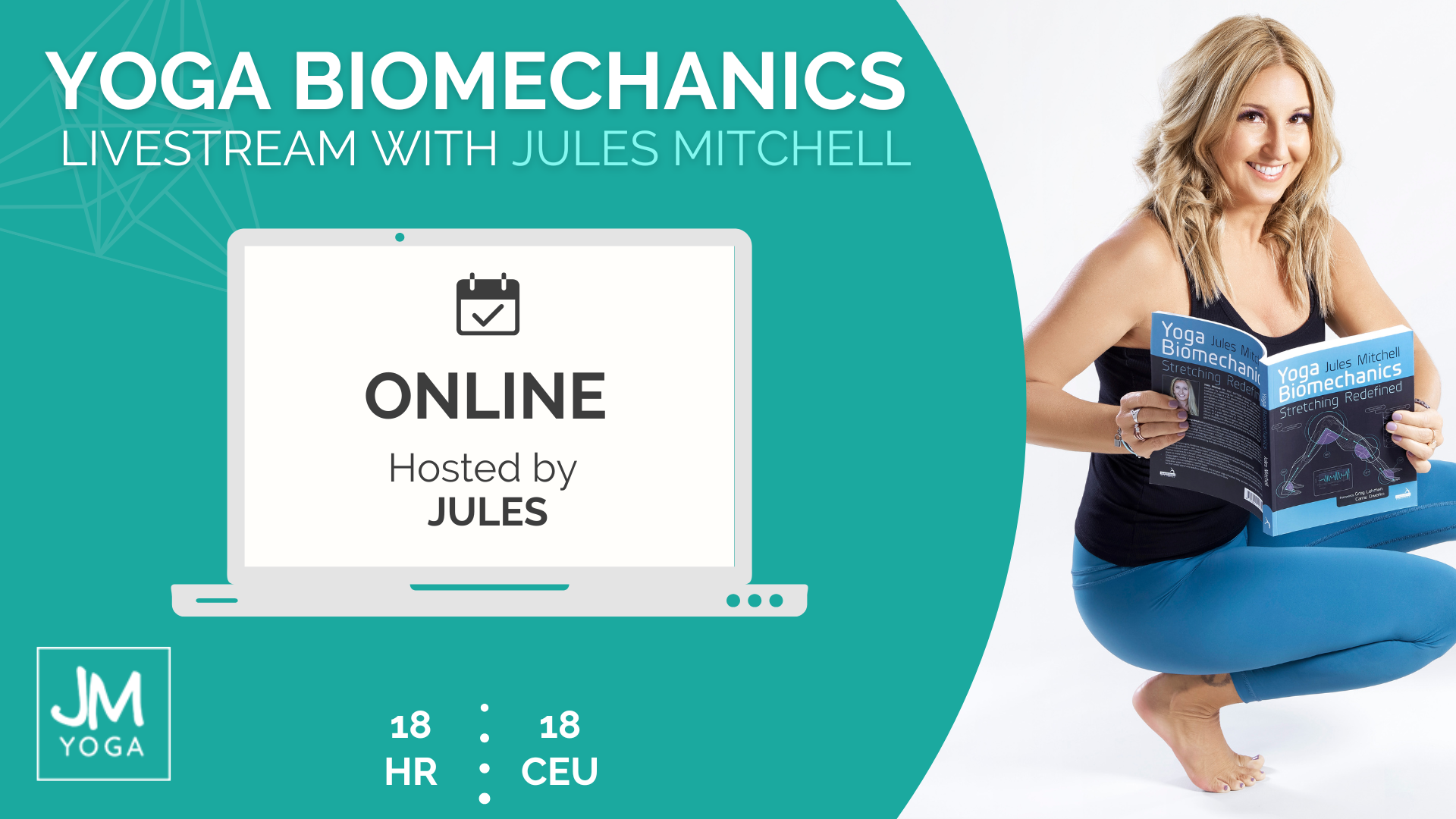Headlines are so misleading. All of them. Except this one. Stretching does improve flexibility. Really. It does. The data tell us so. Until the data tell us differently, I feel confident in saying that stretching improves flexibility.
In fact, stretching the target muscle (TM) for as little as 3 minutes a day (in either 15 second, 30 second, or 45 second intervals), 3 days per week, for a total of 9 minutes per week has been shown to improve flexibility. ¹
So why are there articles all over the internet saying stretching is bad for you or that stretching doesn’t work?
(Please do not answer that, it was a rhetorical question.)
The worst part of these articles is the headline. In a recent article for which I was interviewed, the headline declared that stretching does not improve flexibility – but when you click the link, the internal headline says it may. Read further and there is my quote statement not really resembling what I actually said, stating it does. What gives? (I won’t even link to the article here, I’m so disgusted. And I may never accept an interview again.)
Headlines aside, let’s talk some science.
Stretching improves flexibility – here I am defining flexibility as an improved range of motion (ROM). Engineers (and sometime biomechanists) use the term flexibility differently – as a mechanical term. Such inconsistencies in nomenclature make interpreting the research quite difficult. You can’t just read the abstract because it rarely provides you with enough information to know how the researchers measured and evaluated the outcomes. Furthermore, most stretching research measures range of motion without any consideration of how well the joint functions. The reality is that my thesis project is extremely limited in scope because it really only looks at stretching, which influences only a tiny fraction of how well we move and what ranges we can achieve.
Which is crazy considering that I did this for 3 years:
It’s even crazier when you find out that when it comes to stretching, the science is pretty limited. There is a lot we don’t know. But that doesn’t mean we shouldn’t do our best to be informed and speak as clearly as possible – perhaps giving up some of those verbal crutches that don’t actually mean anything but are taken seriously by our students.
One such example is the way we yoga teachers get all soft when it comes to describing stretching. It’s always about relaxing the muscle and “letting go” to “deepen the stretch.” This language is in line with an existing² a disproven3 hypothesis whereby flexibility improvements are based upon a neural reflex mechanism – basically suggesting that relaxation of the contractile components of the target muscle (TM) is the mechanism by which greater lengthening occurs. If this were the case, electromyography (EMG) activity would decrease at these new end ranges of motion (ROMs), marking muscle relaxation. Research shows, however, EMG activity and force production may actually increase at these new increased ROMs; muscle relaxation is not a prerequisite for increased range of motion.4,5
This idea throws a wrench in your “contract the quads to relax the hamstrings” cue, doesn’t it? But that’s another blog.
My point here is totally forgotten that flexibility does not require the stretched muscle to relax. You could also improve your strength when approaching your end range of motion, which is a lot more practical in the everyday world. Next time you’re in a forward fold, try to contract your hamstrings instead of your quads. You may choose to back off the “depth” of the stretch because you have passed the range where you are capable of producing a decent amount of muscle force.
I questioned the point of passive flexibility in this blog a while back: Stretching and Muscle Control
P.S. For the record – I’m not anti-stretching. I love stretching. I’m also not anti-yoga. I love yoga. I was just led to believe a lot about stretching and yoga that stopped working for me the day I heard a “popping” sound somewhere near my proximal hamstring tendon in class when trying to “deepen” my standing forward fold by leaning (okay, pushing) my back into a wall – led by the teacher, of course. My yoga education left me with one solution to the ease the pain: more stretching. It was time to learn a few more solutions.
P.P.S. While writing this blog I got another email requesting an interview for some other online magazine. I’m not kidding. I think I will politely decline.
____________________________
[1] Sainz de Baranda, P., & Ayala, F. (2010). Chronic flexibility improvement after 12 week of stretching program utilizing the ACSM recommendations: hamstring flexibility. International Journal of Sports Medicine, 31(6), 389–396. doi:10.1055/s-0030-1249082
[2] Guissard, N., & Duchateau, J. (2004). Effect of static stretch training on neural and mechanical properties of the human plantar-flexor muscles. Muscle & Nerve, 29, 248–55. doi:10.1002/mus.10549
[3] Hayes, B. T., Harter, R. A., Widrick, J. J., Williams, D. P., Hoffman, M. A., & Hicks-Little, C. A. (2012). Lack of neuromuscular origins of adaptation after a long-term stretching program. Journal of Sport Rehabilitation, 21(2), 99–106.
[4] Magnusson, S. P., Simonsen, E. B., Aagaard, P., Sørensen, H., & Kjaer, M. (1996). A mechanism for altered flexibility in human skeletal muscle. The Journal of Physiology, 497(1), 291–298.
[5] Reid, D. A., & Mcnair, P. J. (2004). Passive Force, Angle, and Stiffness Changes after Stretching of Hamstring Muscles. Medicine & Science in Sports & Exercise, 36(11), 1944–1948. doi:10.1249/01.MSS.0000145462.36207.20
Extend Your Learning: Online Education With Jules
Yoga Biomechanics Livestream
My flagship 3-day livestream course is for teachers who have an insatiable curiosity about human movement and kinesiology, are eager to know what the research says about yoga, and are open to accepting that alignment rules aren’t always accurate. Includes 30 days of access to the livestream replay and slides. 18 CEUs. Learn more >



It seems the quality of the stretch sequence..contracting and engaging and then lengthening would make all the difference. By quality, it’s gentle and effective versus straining, pulling or forcing any part of our anatomy.
Thanks Jules, this is a great clarification 🙂 as a fellow biomechanics/movement nerd, this stuff is fascinating!! You are making a great contribution to the yoga knowledge pool.